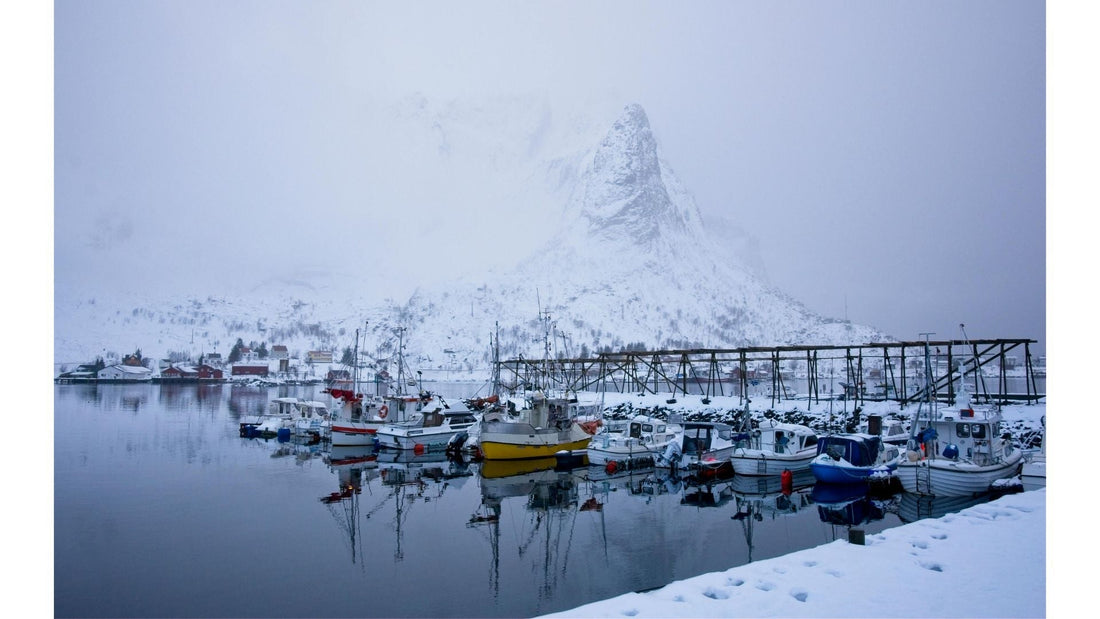Here's what Matters: Eagle Floats can handle freezing temps — so you don’t need to haul your dock out of the water. Just make sure your chains and anchors are loose enough to move with the ice and fluctuating water levels. Remove small accessories, check your hardware, and let your dock flex naturally through winter. Easy as that.
Cold weather is beginning to roll in, and it’s time to think about winterizing your dock. The good news? If your dock is built with Eagle Floats, you’re already ahead of the game. These floats are made from rotationally molded, high-density polyethylene — designed to handle freezing temperatures without cracking or losing buoyancy. Still, there are a few things you Need and Don't Need do to make sure your dock comes through winter in great shape.
✅ What Is Needed
1. Check that your anchoring can move freely.
Winter brings shifting water levels and, in some areas, ice movement. Make sure all your anchoring hardware — especially chain retainers and articulating connectors — are loosened enough to allow the dock to rise and fall naturally with the water. A dock that’s too rigid can get pulled apart as the ice expands or the water drops.
2. Remove accessories and anything that doesn’t like the cold.
Take off ladders, bumpers, or any lightweight accessories that can be damaged by ice or wind. Store them indoors until you’re ready to reinstall in the spring.
3. Keep an eye on your environment.
If you’re in a northern climate, consider how ice forms on your lake or river. In tidal or moving water, ice can shift and pile up, putting pressure on your dock structure. Even though Eagle Floats can handle freezing water, the pressure from thick ice sheets can still affect walkways, pilings, or decking.
🚫 What Isn't Needed
1. Don’t drag your dock out of the water.
Unless your local regulations or ice conditions absolutely require it, there’s no need to move your dock onto land. Eagle Floats are built to handle freezing conditions — their sealed, impact-resistant shells protect the internal EPS foam from moisture and temperature extremes. Save yourself the trouble (and back pain).
2. Don’t over-tighten chains or anchor lines.
It’s tempting to cinch things down before winter, but that rigidity is exactly what can cause damage when the water moves or ice expands. Let your dock flex — that’s what floating docks do best.
3. Don’t ignore your hardware setup.
If your dock is anchored with fixed posts or rigid mounts, consider how that will be affected by ice, or also consider a more flowing setup, using chain retainers. You want your dock to move with the environment, not against it.
🌴 Bonus Tip
If you live in Florida or the southern states, you can pretty much disregard all of this — and instead, start planning your next project! Browse our DIY Kits for your next build, or contact us with any questions.

